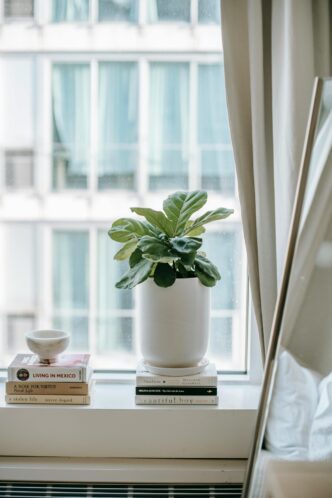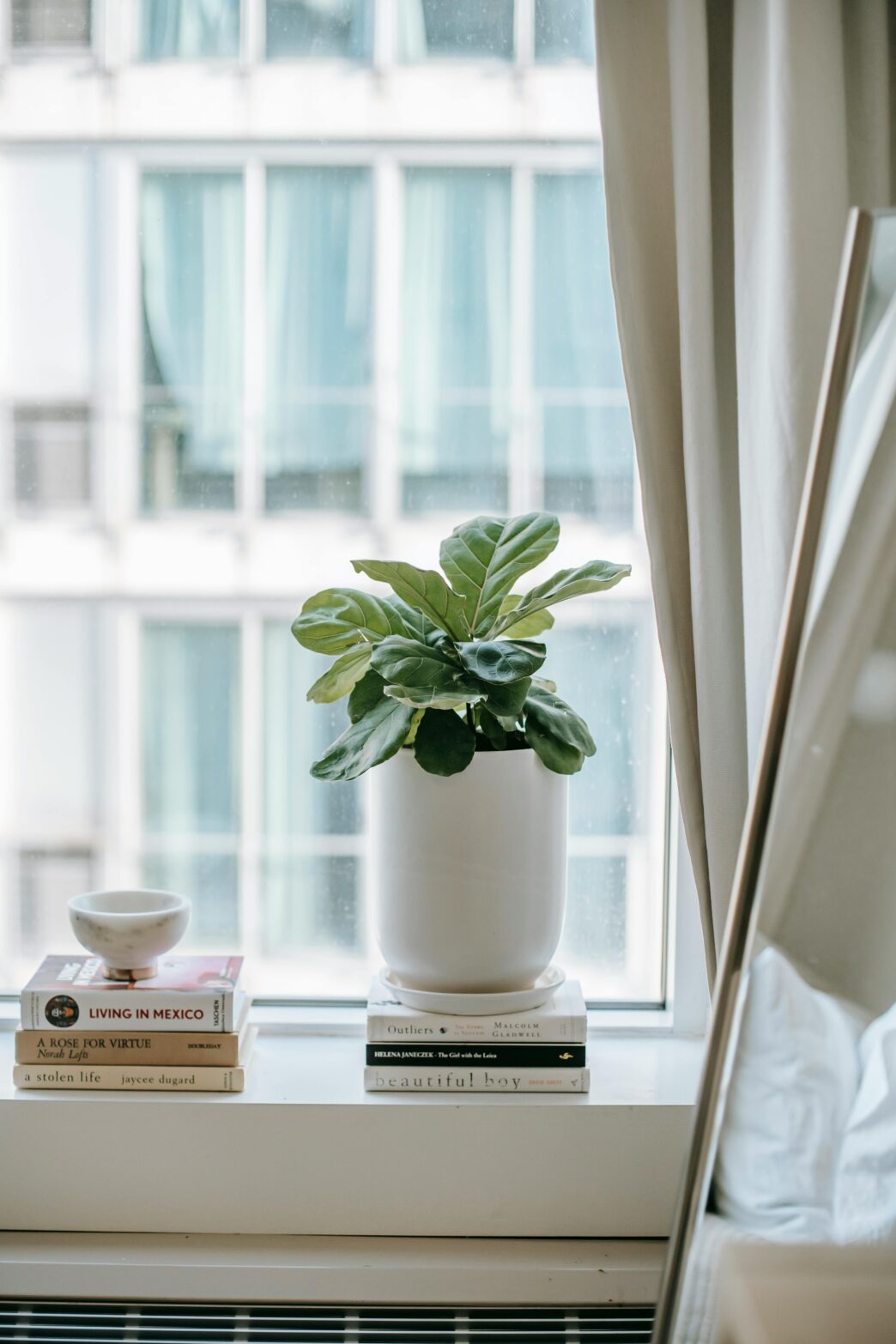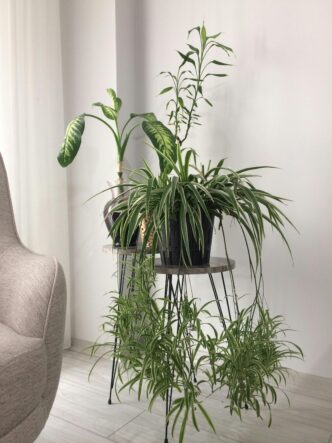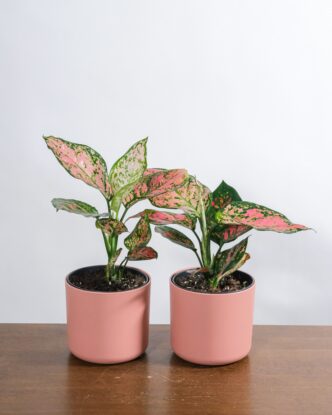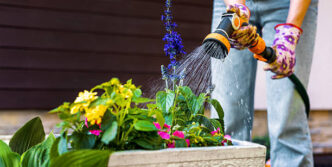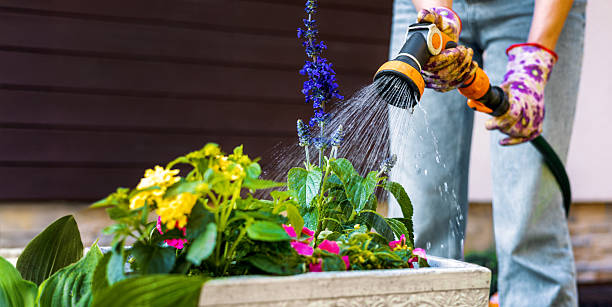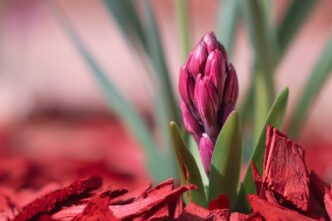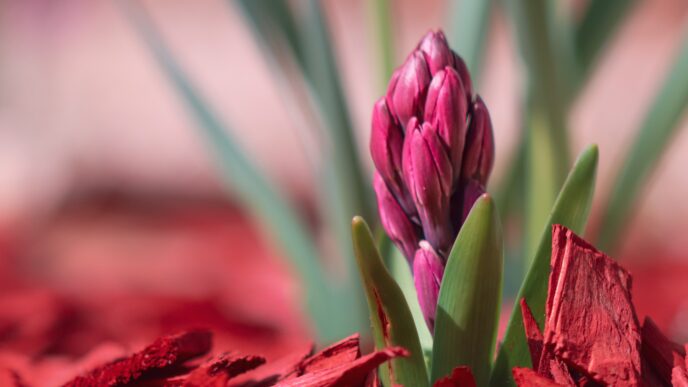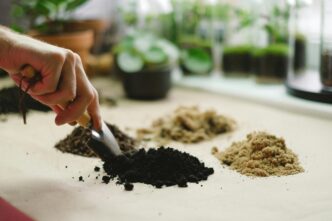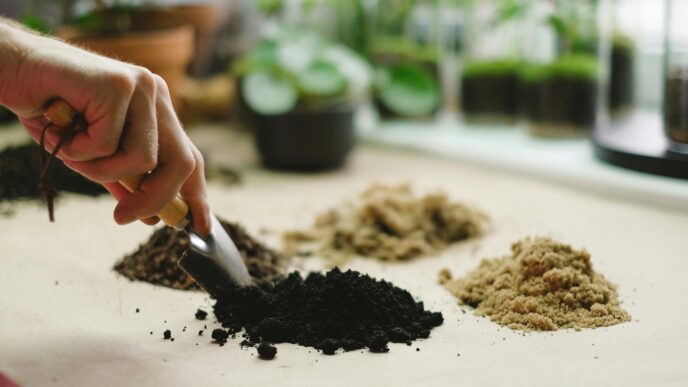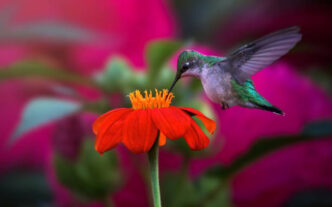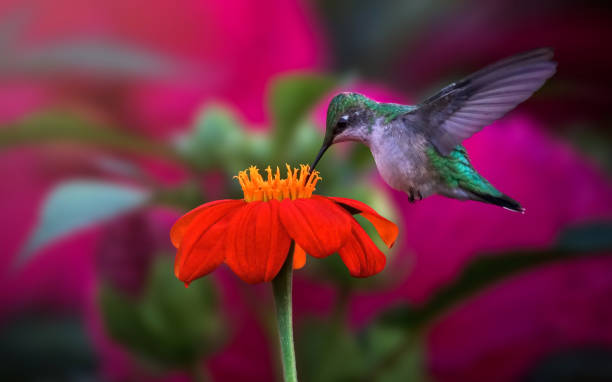The fiddle leaf fig, with its broad, violin-shaped leaves and dramatic presence, has become the crown jewel of indoor plants. But let’s be honest—it’s as temperamental as a celebrity demanding Evian water and green M&Ms. Don’t worry, though. With the right care, you can make your fiddle leaf fig thrive and turn your home into an Instagram-worthy haven of greenery.

Finding the Right Spot: A Fiddle Leaf Fig’s Dream Home
Location is everything when it comes to the fiddle leaf fig. These plants love bright, indirect sunlight—think near a window with sheer curtains. Avoid harsh direct sunlight that could scorch their precious leaves, and don’t even think about sticking them in a dark corner. They’ll sulk faster than a toddler denied candy.
Pro tip: Once you’ve found the perfect spot, leave the plant there. Fiddle leaf figs hate being moved around, and frequent relocations can result in leaf drop.
Watering Wisely: Keep It Balanced
Overwatering and underwatering are the nemeses of the fiddle leaf fig. To keep your plant happy, check the soil moisture regularly. Water it only when the top inch of soil feels dry to the touch. Use room-temperature water to avoid shocking the roots, and let excess water drain out of the pot.
Never let the fiddle leaf fig sit in soggy soil, as this can lead to root rot—a fate worse than death for this beauty.
Humidity and Temperature: Keep It Cozy
Native to the rainforests of West Africa, the fiddle leaf fig thrives in warm, humid environments. Aim for temperatures between 60-75°F (15-24°C) and avoid placing the plant near drafty windows, air conditioners, or heating vents.
If your home tends to be dry, consider using a humidifier or placing a shallow tray of water near the plant to boost humidity. Alternatively, you can mist the leaves lightly—but don’t go overboard, or you’ll have a soggy mess on your hands.
Soil and Potting: The Foundation of Success
Your fiddle leaf fig needs a well-draining potting mix to prevent waterlogging. A mix designed for houseplants or one containing peat moss, perlite, and pine bark works perfectly.
Make sure the pot has drainage holes—this plant isn’t a fan of wet feet. If you’re repotting, choose a pot that’s 1-2 inches larger in diameter than the current one. Repot every couple of years to give the roots room to grow.
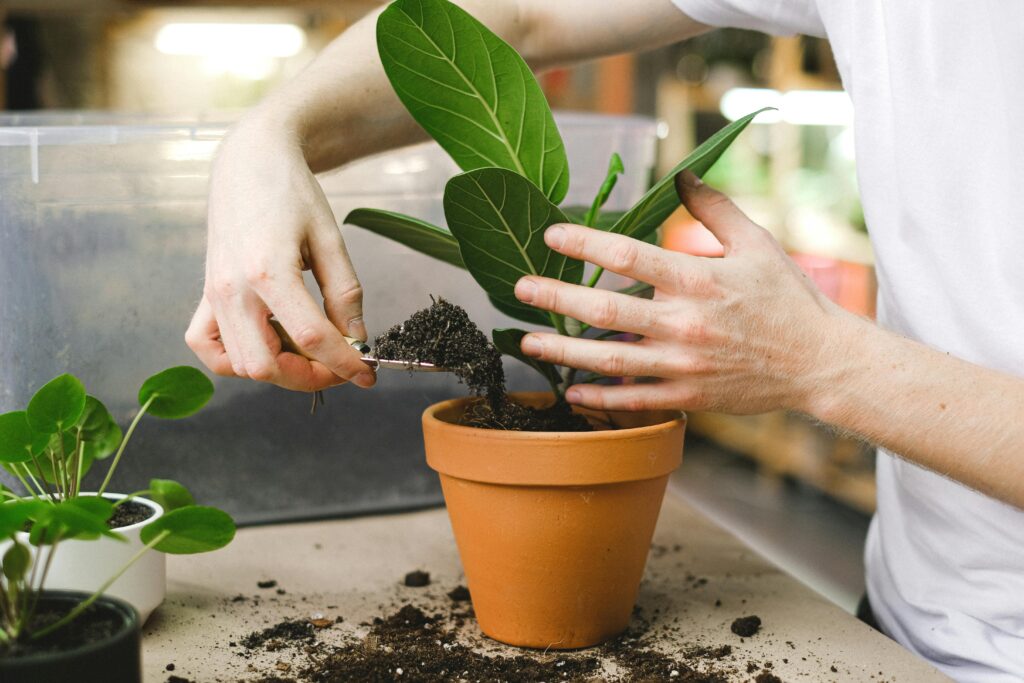
Fertilizing for Fabulous Foliage
To keep those iconic leaves lush and green, feed your fiddle leaf fig with a balanced, water-soluble fertilizer every 4-6 weeks during the growing season (spring and summer). Skip feeding during fall and winter when the plant’s growth slows down.
Over-fertilizing can do more harm than good, so follow the instructions on your fertilizer package like it’s a sacred text.
Pruning and Cleaning: Pamper Your Plant
Pruning isn’t just for keeping your fiddle leaf fig in shape—it’s also a chance to remove any dead or damaged leaves and encourage healthy growth. Use clean, sharp scissors or pruning shears to make clean cuts just above a node (the place where a leaf meets the stem).
Don’t forget to clean the leaves occasionally with a damp cloth. Dusty leaves can block sunlight and hinder photosynthesis, leaving your plant looking dull and undernourished.

Dealing with Common Challenges
Leaf Drop
If your fiddle leaf fig is shedding leaves faster than a dog in summer, it could be a sign of stress from overwatering, low light, or sudden temperature changes. Assess the conditions and adjust accordingly.
Brown Spots
Brown spots on leaves often indicate overwatering or fungal issues. Trim the affected leaves, reduce watering, and ensure the plant gets good airflow.
Pests
The fiddle leaf fig can sometimes fall victim to pests like spider mites, mealybugs, or scale. Wipe the leaves with a mixture of water and mild dish soap or use an insecticidal spray to banish these unwelcome guests.
Propagating Your Fiddle Leaf Fig
Want to grow your fiddle leaf fig family? Propagation is easier than you think. Snip a healthy stem with 2-3 leaves and place it in water or moist potting soil. Keep the cutting in bright, indirect light and watch for roots to develop. Once they’re a few inches long, transplant the new plant into a pot. Voilà—your very own fiddle leaf fig junior!
Final Thoughts: A Star Worth the Effort
Sure, the fiddle leaf fig can be a bit high-maintenance, but the rewards are worth it. With its striking foliage and undeniable charm, it transforms any indoor space into a lush oasis. Give it the love and attention it craves, and your fiddle leaf fig will reward you with years of leafy elegance. Happy planting!
